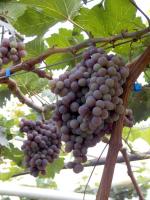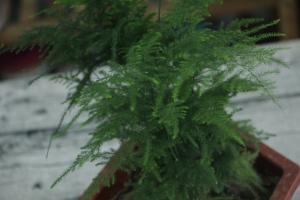River sand
River sand is best to choose coarse stone without organic matter. The advantages of this matrix are good air permeability, easy to absorb heat, rapid temperature rise, which is conducive to plant rooting; The disadvantage is poor water retention, so it is necessary to supplement water in time
River sand can cut cactus and Epiphyllum in multi pulp plants, and can also be used for Magnolia and big rock Tung. The mixed use of river sand and peat has better effect
Vermiculite and perlite
Vermiculite and perlite are suitable for cutting all kinds of flower seedlings and are ideal cutting substrates
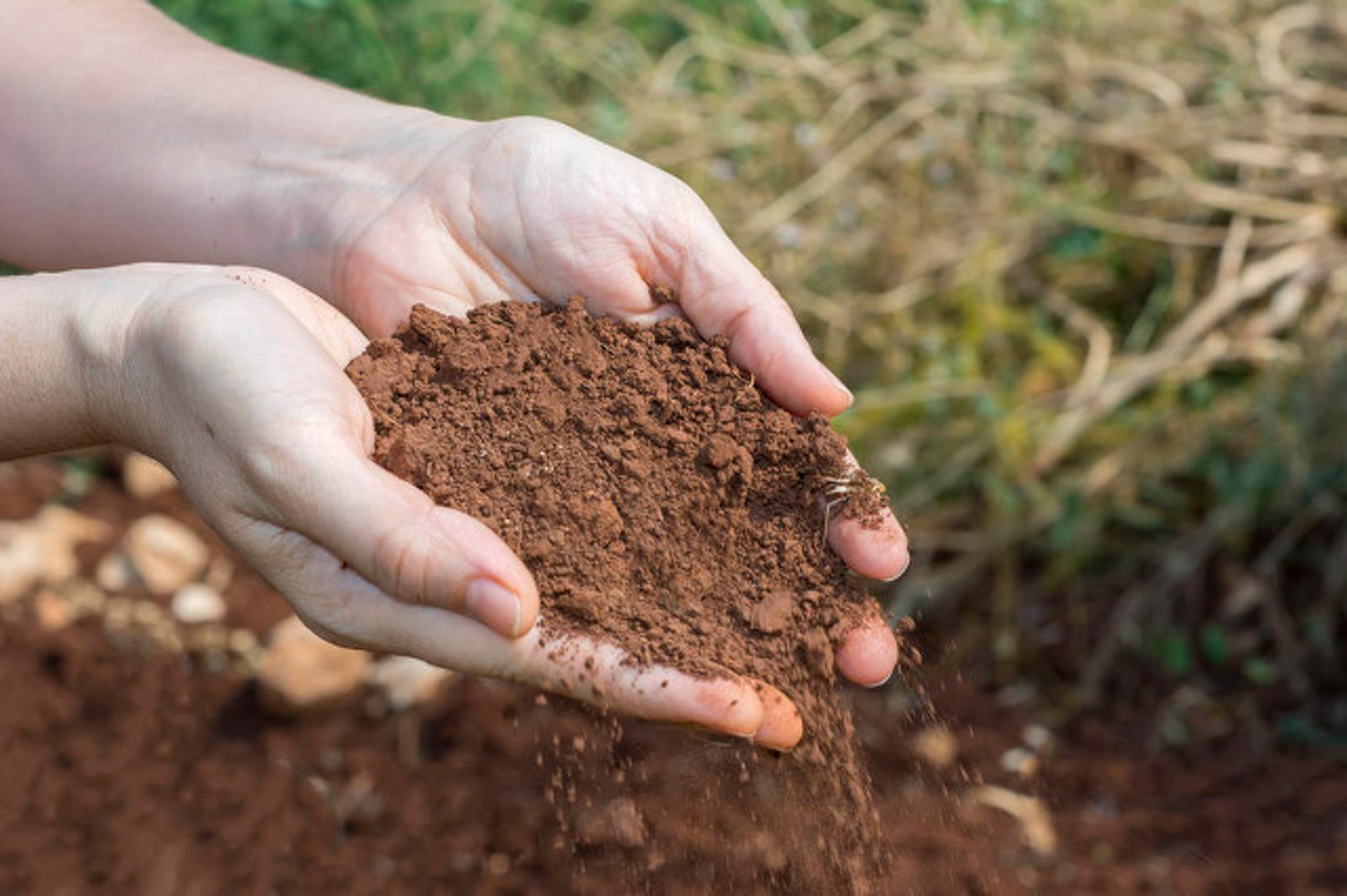
Peat soil
Peat soil has high humus content and strong water retention. It is suitable for cutting planting of most flowers when mixed with river sand
Saprophytic soil
Rotten leaves have light and loose soil, good air permeability and drainage. They are generally mixed with other soils, which can improve the soil and be conducive to the growth of plants
Woody soil
Woody soil is composed of dead branches and wood chips, which are rotted and mixed with soil. It has more nutrients
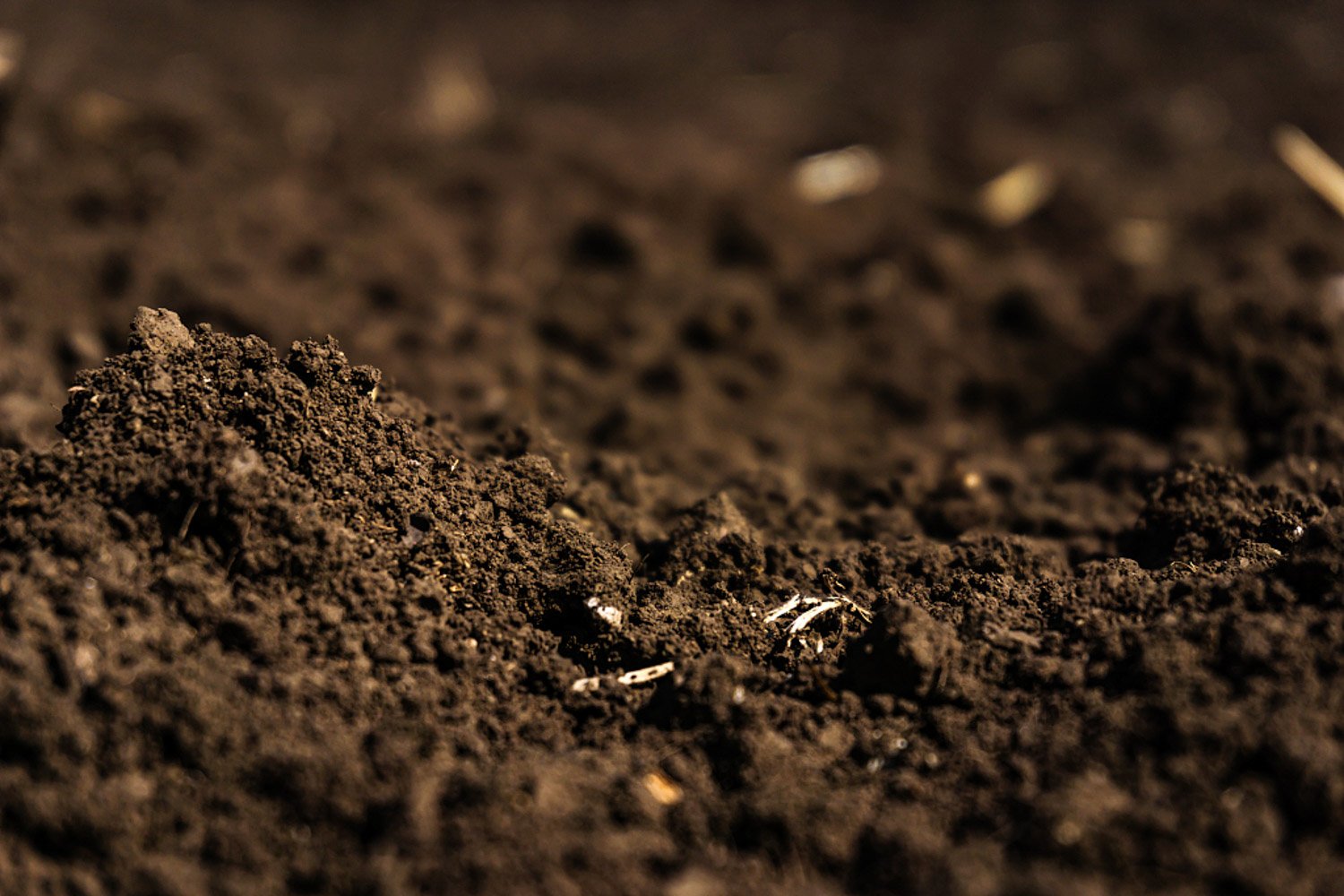
Mountain mud
Mountain mud is formed by the accumulation and decay of fallen leaves and dead branches in the mountain forest. It is ventilated and permeable and has good fertilizer and water retention
Rock wool
Rock wool is not easy to deform in the cultivation process, and has relatively high water holding capacity and low water tension
Lanshi
As one of the moisturizing media, bluestone is not directly used as cutting media
Water moss
Water moss is used in cutting propagation to prevent the drying of scions< span>
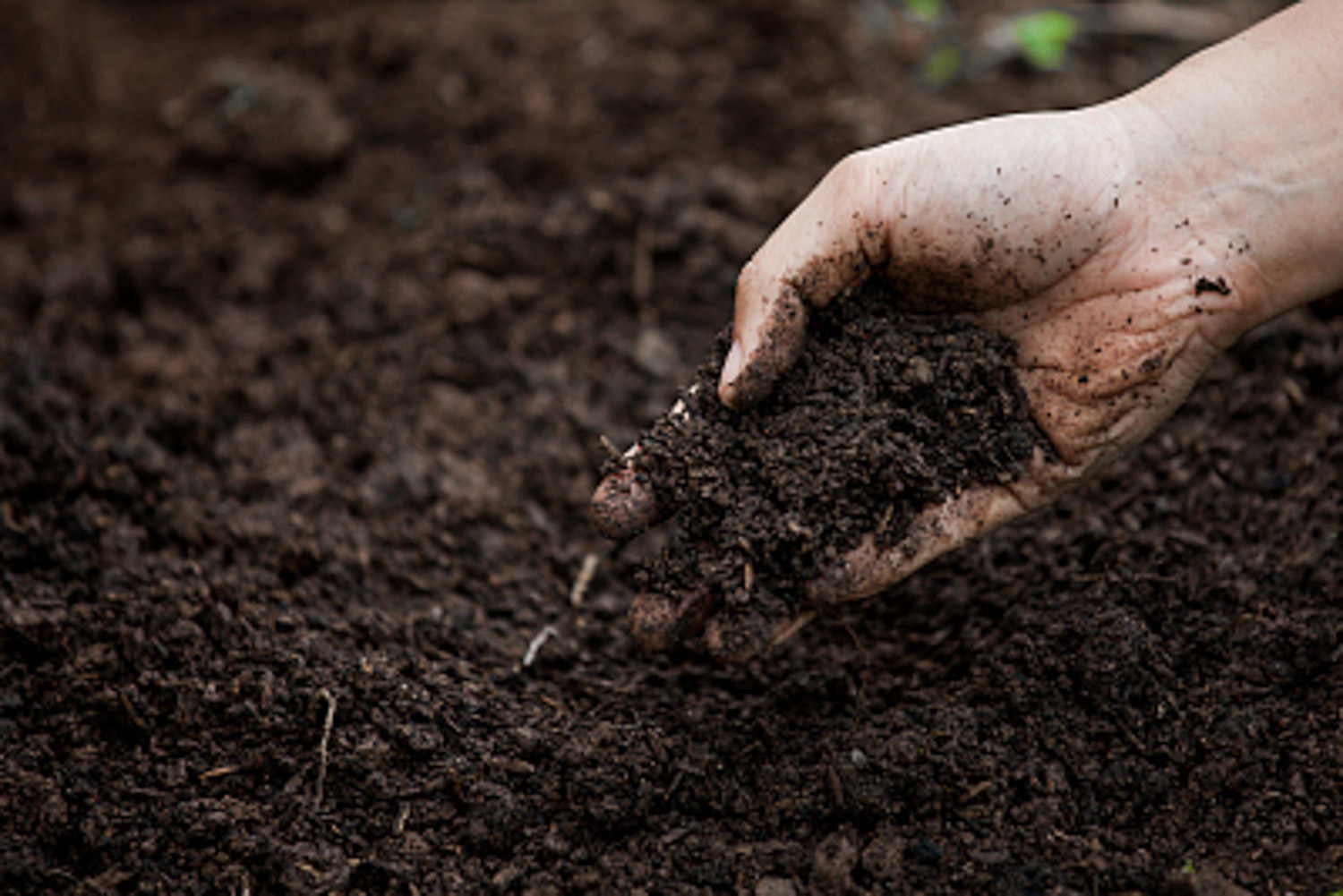

 jackfruit
jackfruit snake plant
snake plant hibiscus
hibiscus hydrangea
hydrangea lavender
lavender Green roses climb al...
Green roses climb al... If you don't pay att...
If you don't pay att... Management of four g...
Management of four g...


